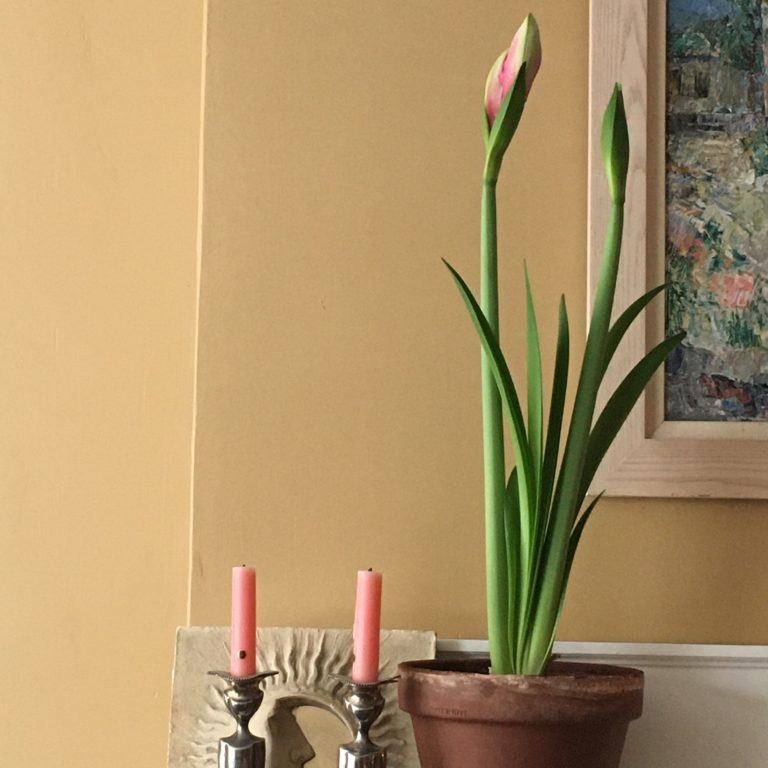Garden 2022: New Beginnings
- Handmade Bits and Bobs
- March 13, 2022
- Food Preservation / Gardening / Kitchen DIY
- 2 Comments
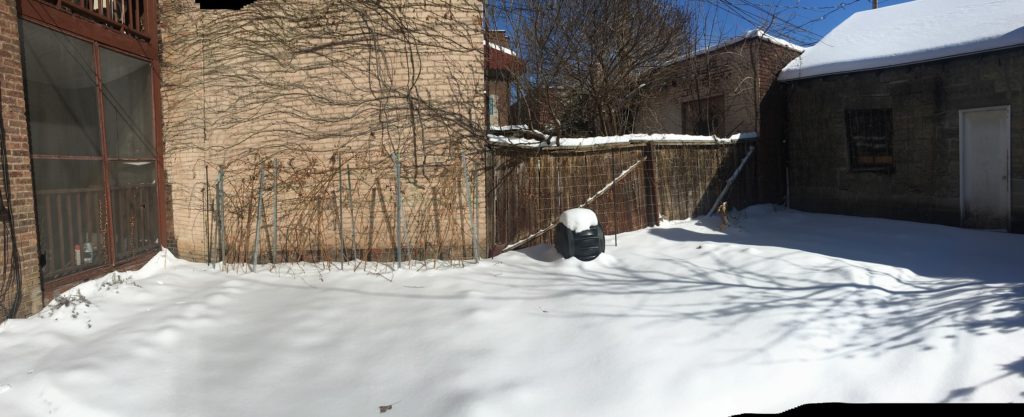
I am not a fan of New Year’s as a holiday, nor am I someone who makes New Year’s resolutions. I do, however, feel new beginnings throughout the year. Having worked in an academic setting almost my whole professional life, Labor Day and September feel like a fresh start to me; birthdays sometimes feel the same. Starting my backyard vegetable garden is another occasion where I feel that same sense of beginning anew, an opportunity to write on a blank slate. And with pandemic restrictions receding, there is additional cause to feel a change of outlook. So, here’s to new beginnings!
Garden 2021 in short
In some ways it feels as though I just wrapped up last summer’s garden. I was pulling in hardy greens until the beginning of December and am eating my way through what I canned and froze from the summer. It was a strange garden season last year, compounded by the strange pandemic limbo we’ve been in.
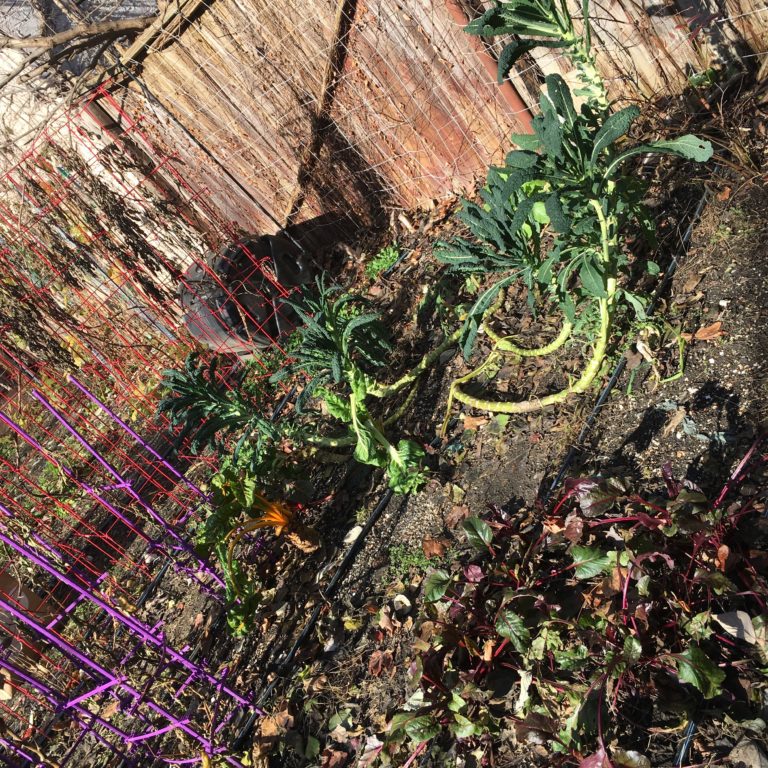
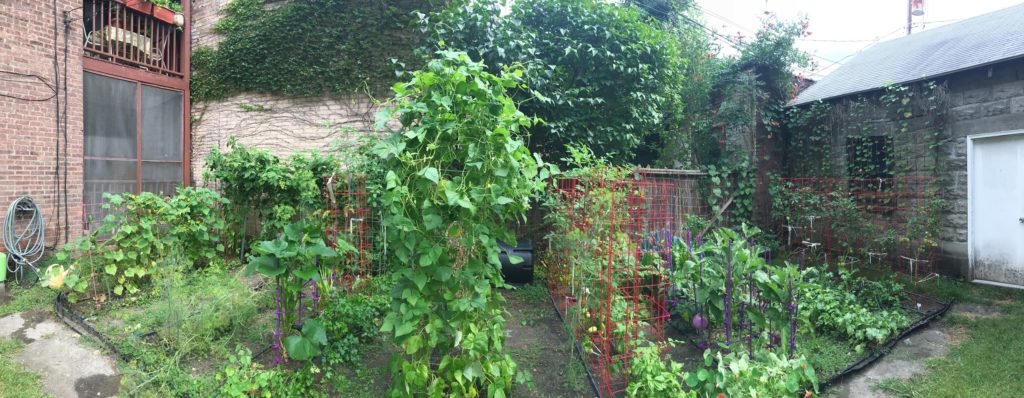
There was an unprecedented amount of rain in July: just over 18” in my unofficial rain gauge. The tomatoes struggled, the peppers managed, and the eggplants were the most productive they have ever been—go figure. Powdery mildew was a problem, despite reading that it’s worse in hot, dry weather.
Green beans were more like a geyser than a tower this year, and cucumbers were lousy. Swiss chard and kale produced reliably as always: lettuce only so-so. Raspberries got moldy on the bushes from all the rain and I lost quarts over the course of the summer. Herbs went gangbusters on my back porch as well as in the garden. Each year is so different and I can never really tell why. I do believe that part of gardening, or any attempt at managing nature, is to keep us humble.

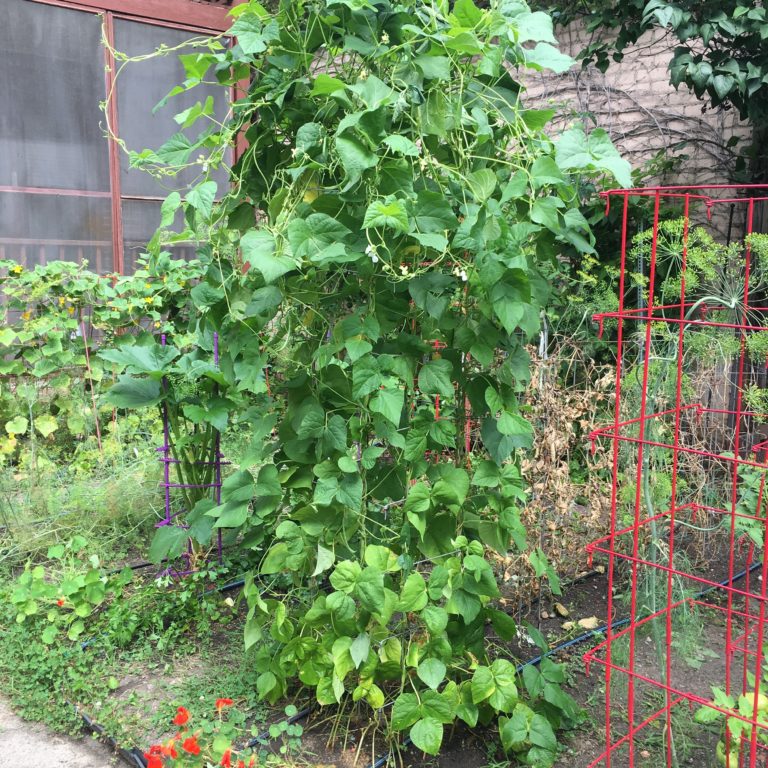


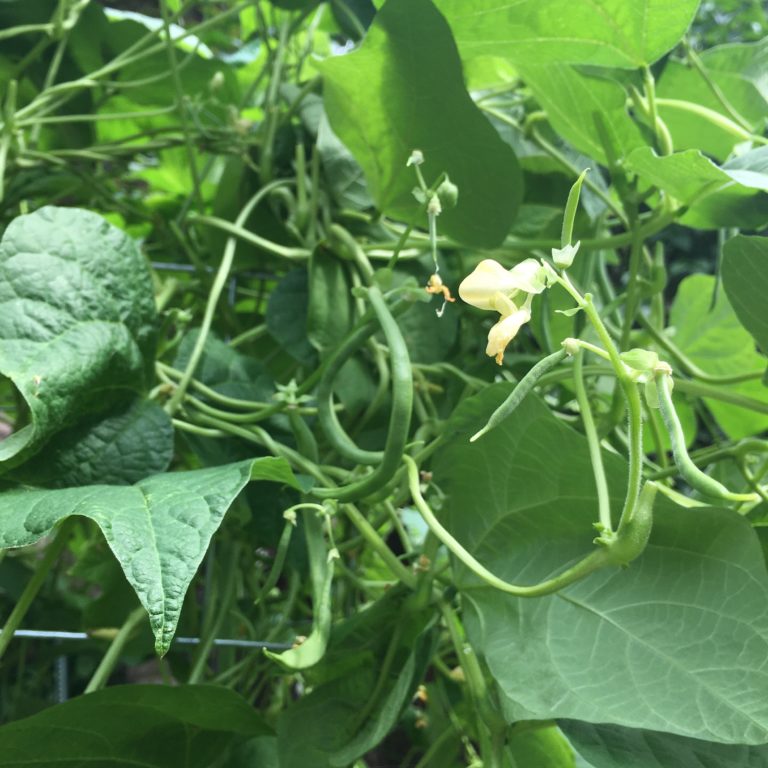
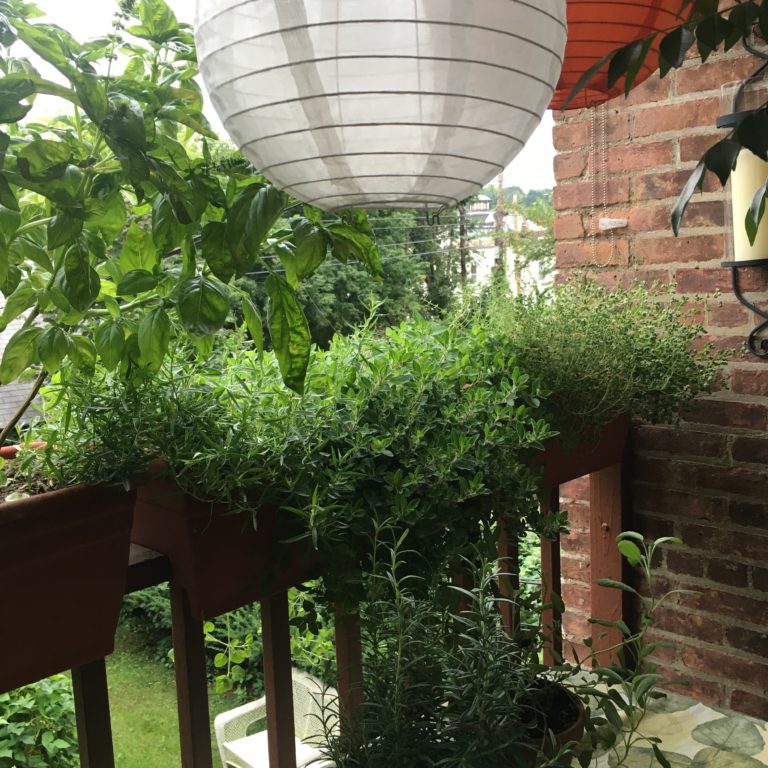
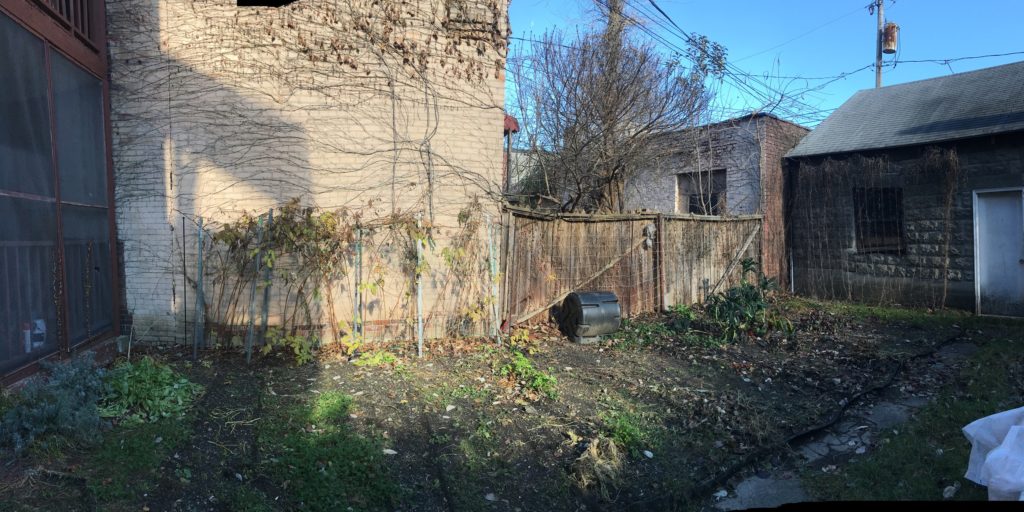
It starts with a plan
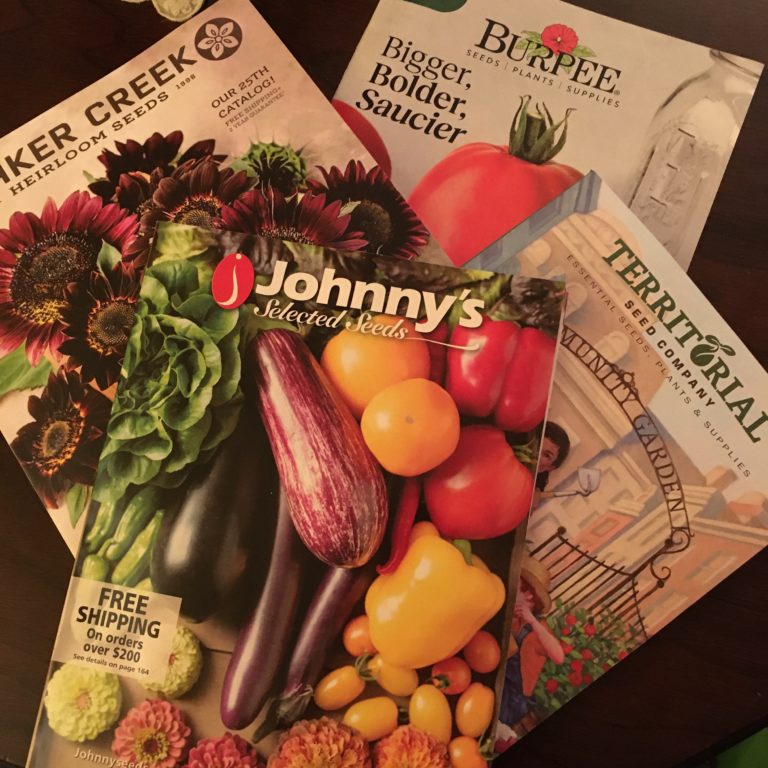
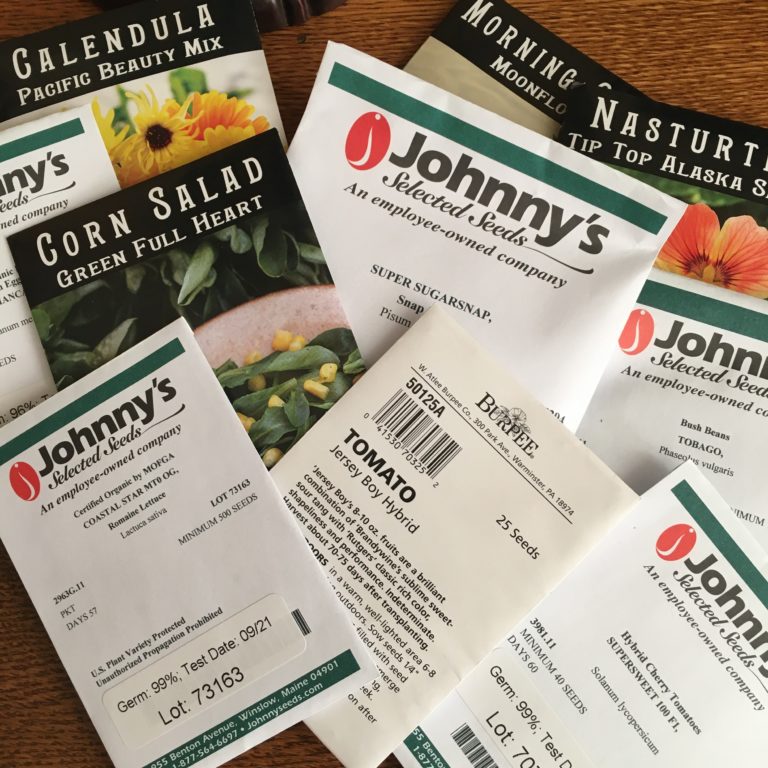
The garden plan helps me move my plants from bed to bed over the seasons, so that there is some semblance of crop rotation. I don’t have a large garden, but it is helpful not to plant the same thing in the same spot year after year, cutting down on disease and pests. You would think I could remember where things were for the entirety of the previous summer’s garden but there is zero recollection a few months later.
I refer to my previous years’ calendars for approximate seed starting dates; I make notes from year to year to start earlier or later depending on experience. Of course, there’s no predicting spring weather so it’s really a best guess.
Right after the winter holidays, the seed catalogues start arriving, triggering daydreams of summer sunshine and having my hands in the dirt, along with guilt for my poor mail carrier. Usually on a supremely cold or snowy winter weekend, I settle down with the catalogues and my garden binder, in which I keep all my plans, calendars, and notes from year to year. When I have emptied a seed envelope from the year before, I tuck that into the binder so I know what needs replenishing.
I inventory the seeds I have and check the dates on the envelopes. Some seeds will germinate well even after a few seasons while some are shot after one year. I store my seeds in a repurposed bread tin that I got on eBay. A few winters ago, someone nibbled at the envelopes that were then stored in zippered plastic bags. I upcycled an aluminum bread tin to keep the snackers at bay. The seeds are organized by time of planting, and anti-dessicants that come in along with medications, sneakers, and other sundry purchases are tucked in the tin to help keep the seeds dry. The whole enchilada is stored on a shelf in my unheated back hall. Happy days when my annual seed order comes in!
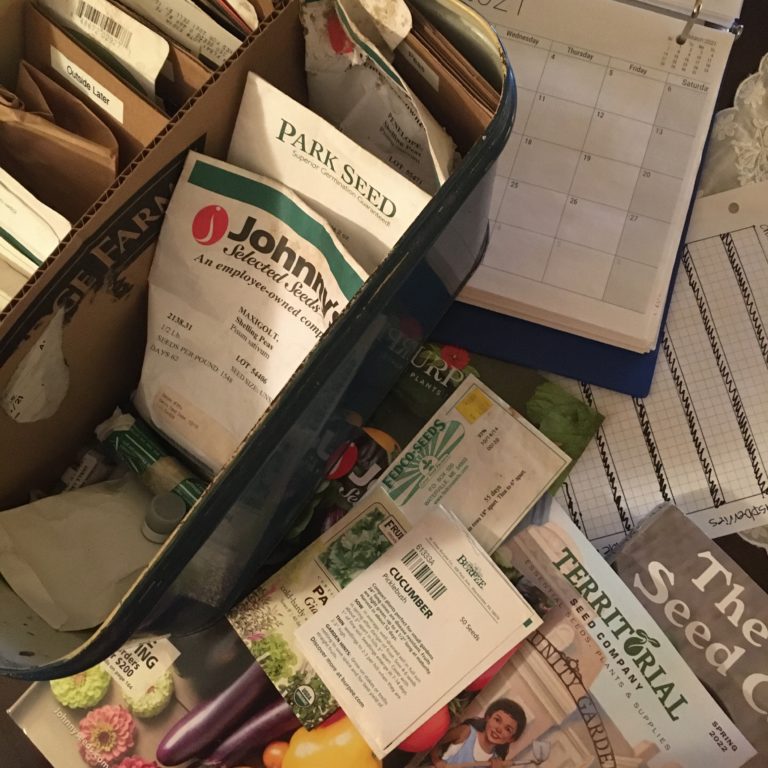
Seeds in the ground (or at least in soil blocks)
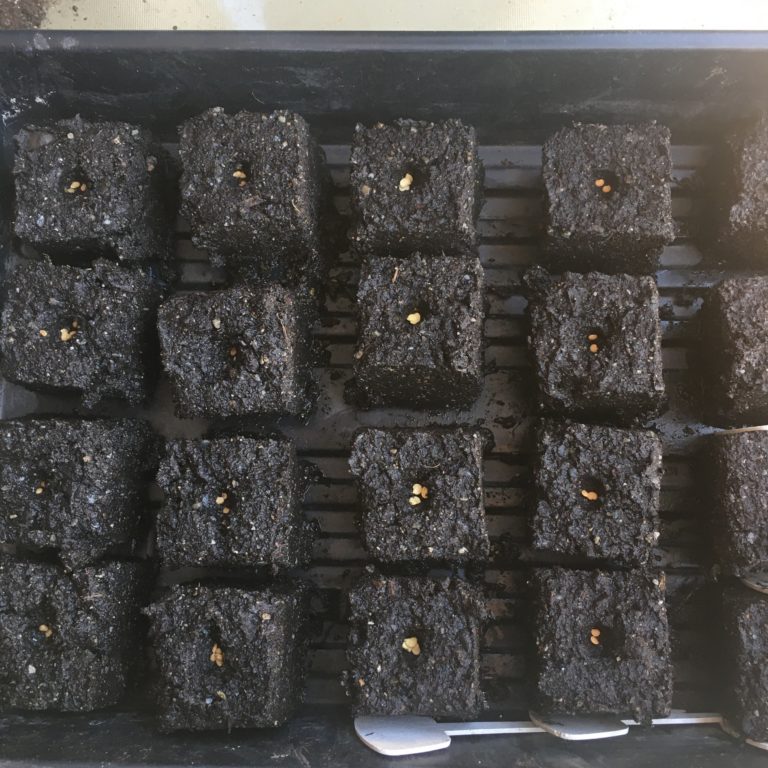
Tomatoes, peppers, and eggplant are the first seeds started and usually the last planted out, as those plants take a lot longer to get to maturity and flower. Being in Zone 5B, I don’t have a particularly long growing season for these heat-loving veggies. I use soil blocks instead of containers: no plastic and, after the initial outlay for the block makers, only the cost of the soil each year. I use the same process every year, and you can read about the process in detail here.
This year the tomatoes popped up in a week, the eggplant shortly thereafter before flopping over and snapping at the soil line and the peppers didn’t germinate at all. Sigh. I have ordered fresh pepper seeds, which should get here in the next few days but will be almost two weeks behind schedule. As for the eggplant, I have happily discovered that they, along with many other plants I have accidentally decapitated, can be put in water to grow roots then re-planted into the soil blocks. They’ve all re-rooted and today moved back into soil under the grow lights on my kitchen worktable, where they sit on an electric germination mat to keep their roots warm.
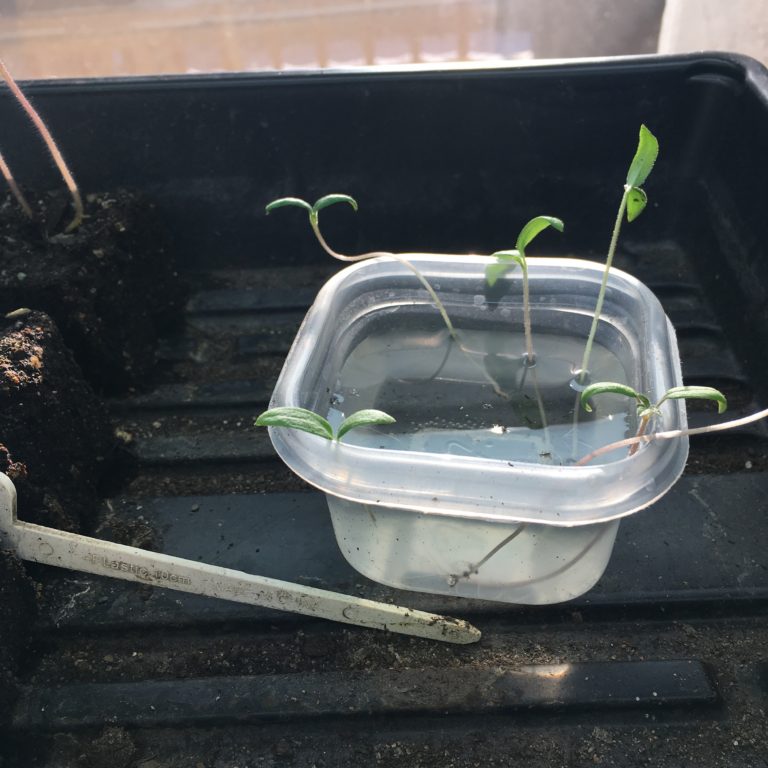
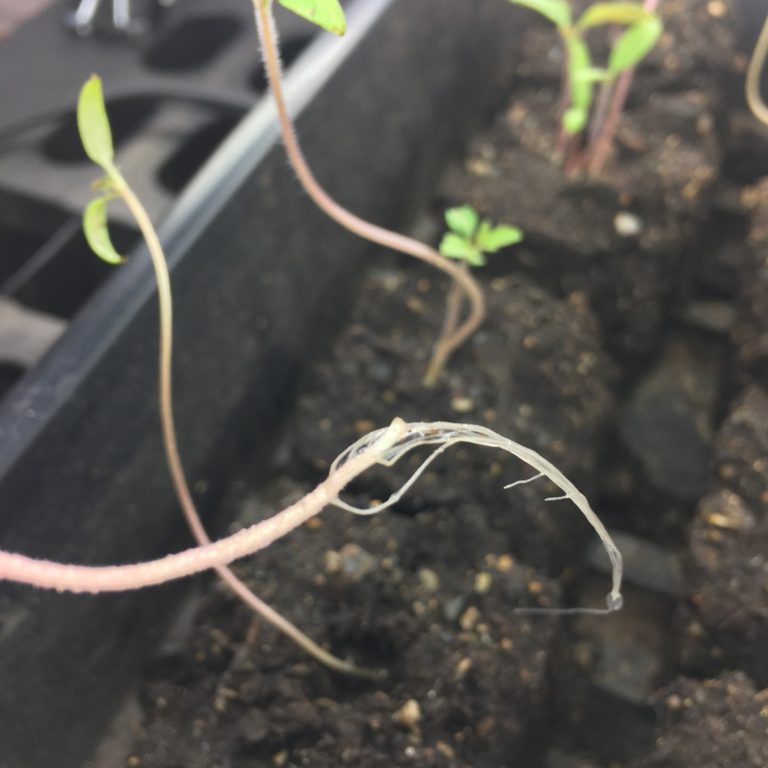
The early outside plants (lettuce, arugula, etc) will be started in the next week or so, and the peas planted in the ground by the end of the month with any luck, depending on the weather and soli temperature. We just had winter storm yesterday depositing some inches of snow and the temperatures are forecast to be in the 6Os by the end of the week: spring in the northeast.
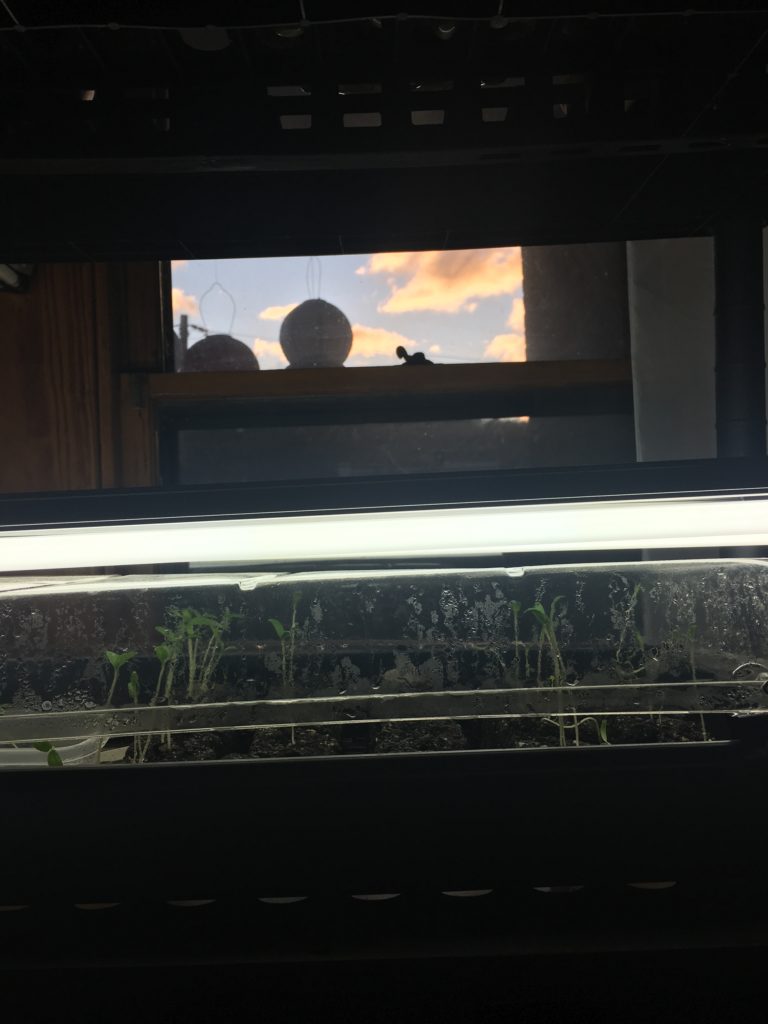
Optimism in action
I hope you’re finding your own reasons to feel the stirrings of spring and promise and hope. I can hear the change in the bird songs, and one of my overwintered amaryllis bulbs is so optimistic it’s sent up two flower stalks (You can read more about how to care for amaryllis to produce flowers every year here). It feels that planting seeds in anticipation of what will come months from now is a practical demonstration of belief in the future. Rather like planting trees that will shade future generations. Happy new year!
